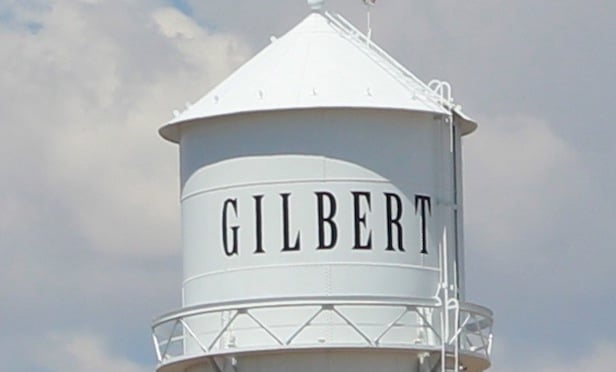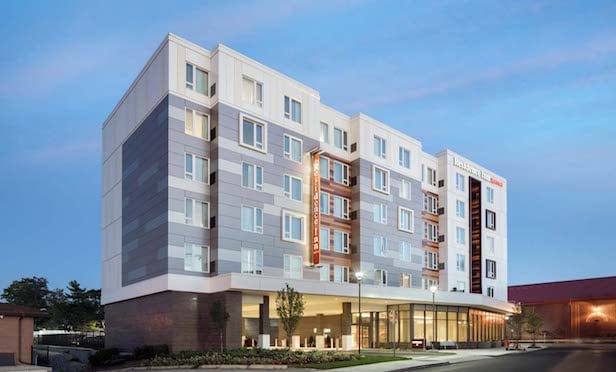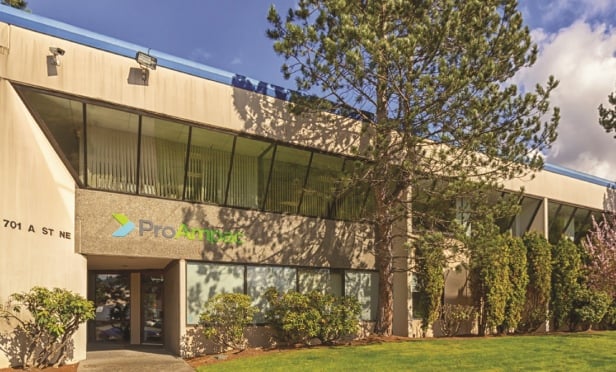NEW YORK CITY—In a quarter where the largest portfolio deal was about one-eighth the size of the $8.2 billion of retail assets that figured in the merger between American Realty Capital Properties and Cole Real Estate Investments a year earlier, it's safe to say that first-quarter sales volume depended less on multi-asset transactions than it did in Q1 2014. However, Real Capital Analytics says the topline numbers for Q1 “understate the underlying health of investor demand.”
Total sales volume for the quarter came in at $24 billion, or roughly the same as retail sales for Q1 the year prior. Yet RCA says volume of individual assets posted 16% growth from a year earlier on sales of $13.6 billion. “This positive trend points to ongoing investor demand for the retail sector,” according to RCA's latest Retail Quarter in Review report.
In fact, RCA says, Q1 would have posted an all-time record quarterly sales volume is “the one that got away” actually happened. That would be the unsuccessful $22-billion hostile bid that Simon Property Group made for rival mall REIT the Macerich Co.
Absent such a mega-deal, Q1's largest multi-asset transaction was a smaller-scale buy on the part of Simon: the 1.46-million-square-foot Glimcher Retail Portfolio, a two-property portfolio consisting of Jersey Gardens in Elizabeth, NJ and University Park Village in Fort Worth, TX, for which the REIT paid just under $1.1 billion in connection with its Washington Prime Group spinoff's merger with Glimcher Realty Trust. Simon subsequently renamed the New Jersey property the Mills at Jersey Gardens.
“With such lumpy transaction volume from the portfolios and entities, the sale of individual assets can be especially meaningful to discern the underlying trend,” according to RCA. Dollar volume for portfolio and entity-level deals declined 9.5% year over year.
Going by the repeat sales trends for individual assets as captured in the Moody's/RCA CPPI, prices are up 12.8% year over year, says RCA. Even so, prices overall are still 9% off the peak levels that were reached before the 2008 global financial crisis set in. However, RCA says they're 5% above the previous peak levels in the six major metro areas of the US “as investors still crave the liquidity of these markets.”
Cap rates for retail properties are continuing to compress. They fell 40 basis points from a year earlier to hit 6.4% in Q1. That's lower than the previous low-water mark of 6.5%, established in 2007.
Cap rates for strip shopping centers are still higher than that average, however, and also compressed less over the past year. RCA says they averaged 7.1% in Q1, 20 bps less than the year prior. “In this segment there is still run room to the previous market low, also 6.5% set in '07,” according to RCA's report. “Investors are still skeptical about this sector and pricing in extra risk for these assets.”
By contrast, cap rates for the mall and other retail properties segment of the market were down 50 bps from a year earlier to hit 5.9% for Q1. The segment's previous low-water mark was 6.4%. RCA sees this segment of the market hitting new lows “as certain subtypes within the segment are in favor with tenants and investors chasing consumer trends.”
The urban retail/high street assets that traded during Q1 have cap rates ranging from 6.0% to 5.0%. Although it represents “a thin sample,” RCA says the trend fits “the ongoing story of young, high-income workers flocking to urban areas.
© Touchpoint Markets, All Rights Reserved. Request academic re-use from www.copyright.com. All other uses, submit a request to [email protected]. For more inforrmation visit Asset & Logo Licensing.







